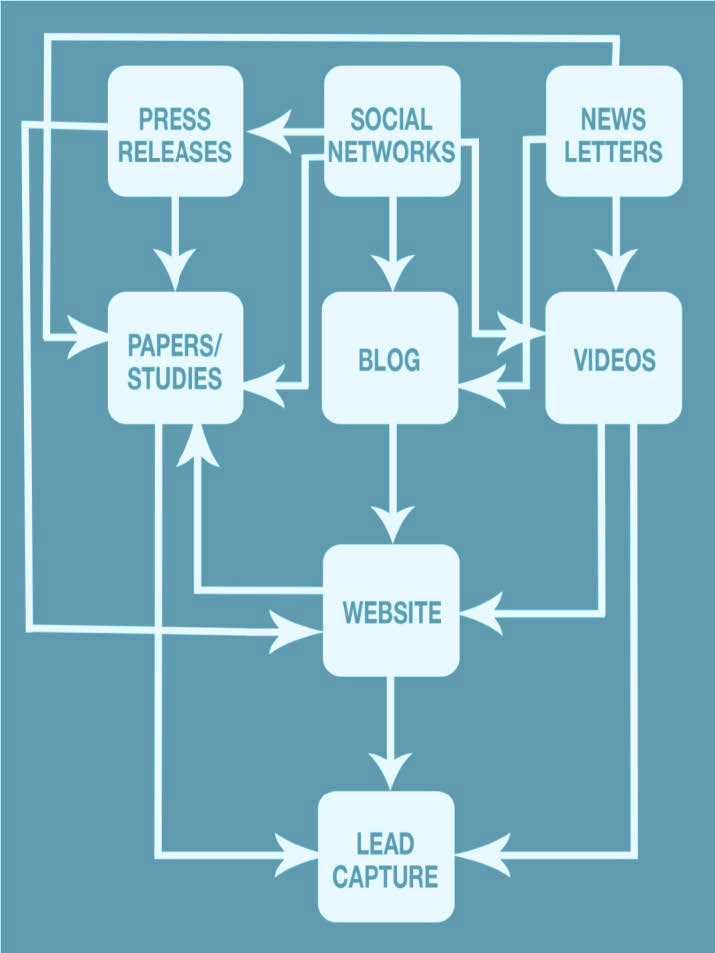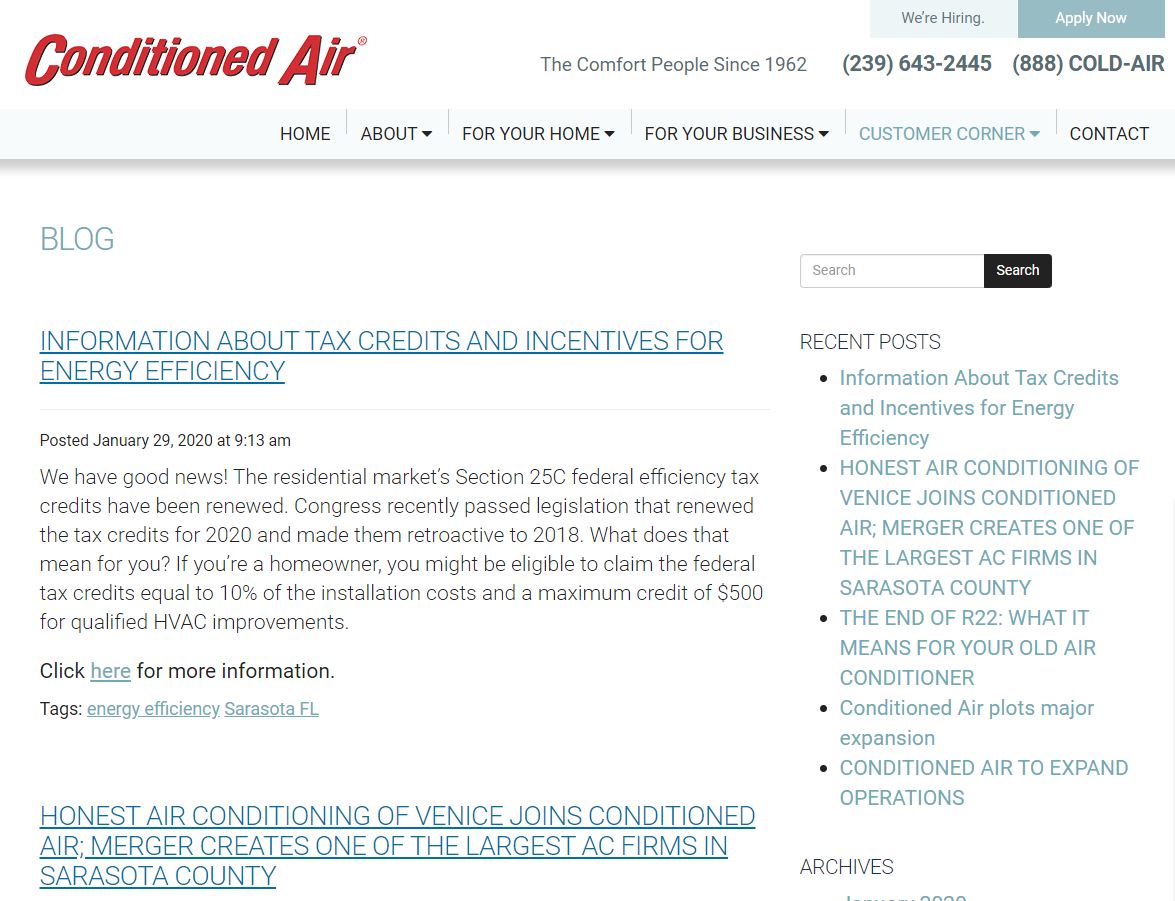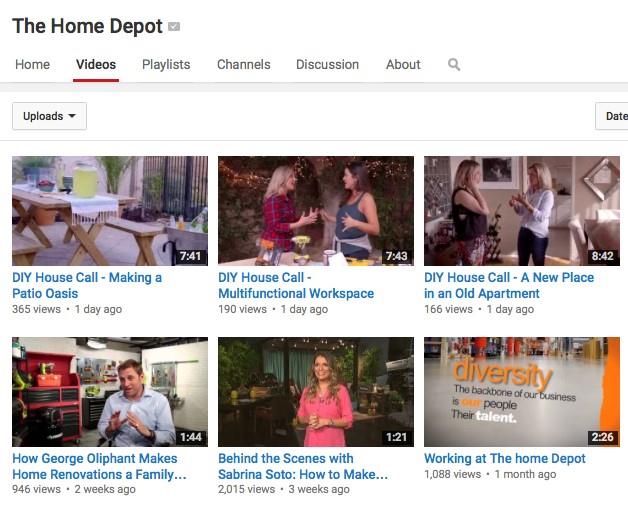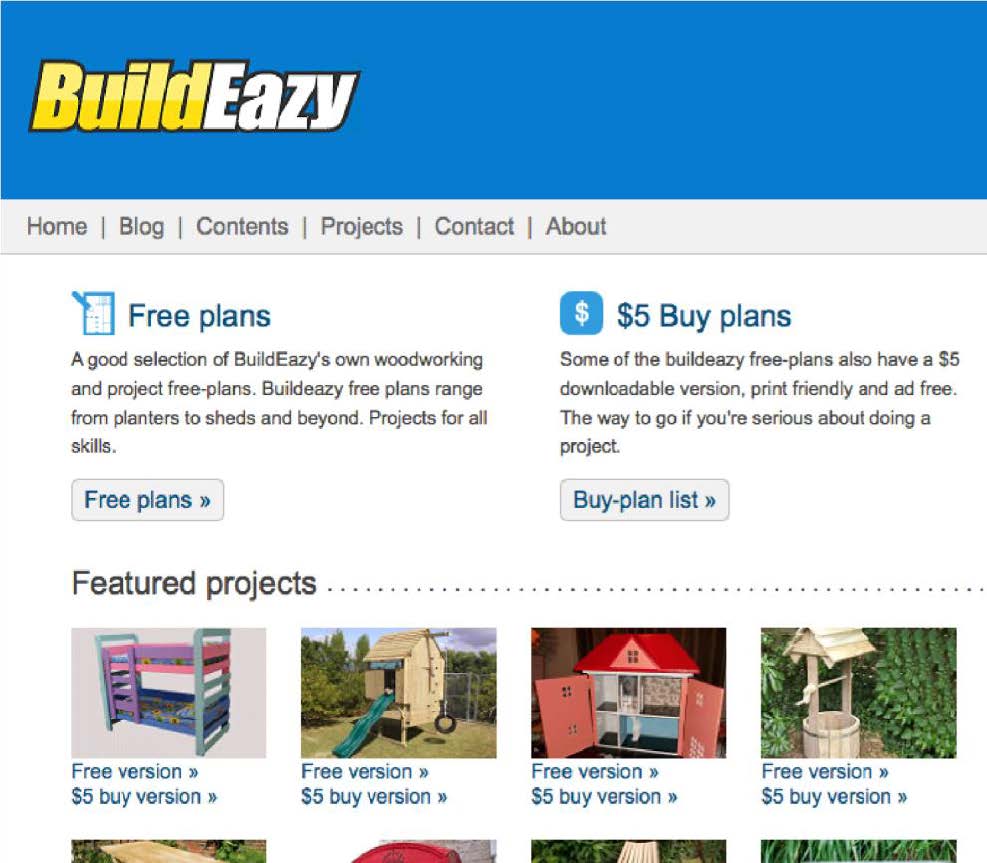Turn Content Into Customers
How Content Marketing Can Boost Website Traffic for Building Products
A white paper by Kleber & Associates
This white paper is intended to serve as a primer on content marketing for companies that manufacture, market or sell building materials, products or services for residential and commercial construction. It will highlight how content marketing is a valuable tool for increasing sales – a tool every company, regardless of size, needs to leverage to remain competitive within the industry.
The following topics will be covered:
- What is content marketing? – A high-level definition of the content marketing process, what it is and how it fits into the marketing mix.
- Who uses content marketing? – Real world examples of how firms in the building sector have leveraged content marketing successfully.
- Why does content marketing work? – We’ll look at the drivers of the success and return-on-investment achieved by building firms that have benefited from content marketing. What types of content worked best for them? How did they extract value from their content?
- How can you get started with content marketing? – An overview of how building product brands can begin to adopt content marketing in their own sales process, including points to consider and pitfalls to avoid.

What is Content Marketing?
The concept behind content marketing is relatively easy to grasp. By producing and publishing content that has value, you will engage with potential customers on a level above and beyond simple advertising or direct marketing.
The key word here is, “engage.” In today’s world of Internet-connected mobile devices and social media, most people are bombarded by information. In turn, many people filter out traditional advertising. For building product brands to leverage their marketing ideas, they need to create more engaging – and compelling – forms of content and market it effectively.
Effective content marketing is capable of laser-focused outreach, more so than other forms of marketing. It tends to attract highly motivated consumers — the kind of people who are likely to purchase, or influence attitudes toward, the products and services you offer. The good news is that there are now dozens of platforms (e.g., company blogs, YouTube, LinkedIn, Pinterest) available for companies to directly engage various audiences with useful content.
The premise behind content marketing is that, by consistently delivering useful content, you are providing potential customers with added value. Over time, you will gain their trust and they will recognize you as an industry expert. When they are ready to make a purchase, they likely will have already decided who their favorite supplier may be.
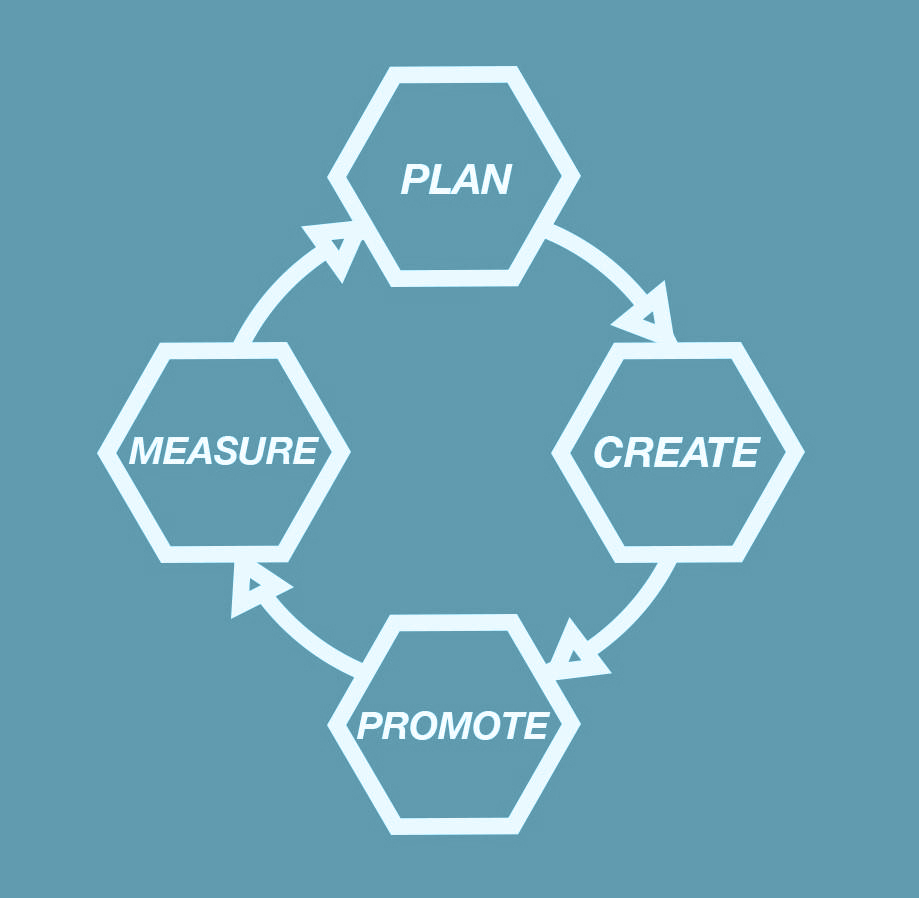 Content Marketing is a Four-Stage Process
Content Marketing is a Four-Stage Process
Content marketing is driven by a simple, four-stage iterative process: Plan, Create, Promote and Measure.
During the Plan stage, target audiences are identified (most companies target multiple audiences at the same time), goals are set, and content is planned. Then, during the Create stage, different types of content are researched and developed. The Promote stage involves content delivery via search engine marketing (SEM) and social media channels. And, finally, the Measure stage involves KPI (key performance indicator) measurement, web analytics and results.
One of marketing’s greatest benefits is that it is cyclical in nature. We are constantly learning about what works in the market, what content best engages customers and which promotional channels perform best. This allows us to determine improvements, such as fine-tuning content and delivery strategies, as the process continues
What Types of Content are there?
There are many different types and formats of content marketing. We all know that company blogs and web videos (e.g., YouTube, Vimeo, etc.) are common types of content marketing, but what else is there?
This white paper itself is a form of content marketing. Other common types of content marketing include how-to articles, newsletters, press releases, webinars, SlideShare presentations, podcasts, infographics, and additional types of information that can a) be published online and; b) will engage and interest customers.
Web videos were previously noted. Yet there are many types of video formats to consider … from simple product demonstrations to elaborate animations, employee videos, manufacturing plant tours, industry expert roundtables, interviews, testimonials, and more.
Blendtec, a company that makes residential and commercial blenders, famously rocketed from relative obscurity to Internet fame through its popular “Will It Blend” YouTube series. To demonstrate the strength of its blenders, company founder Tom Dickson started blending nonconventional items – from dry-erase markers to the latest iPhone – in deadpan fashion. These oddly mesmerizing videos resulted in a 700 percent increase in company sales.
When it comes to creating content, your only constraint is your own imagination. The types of content you use really depend on your company’s needs, your business goals, your audience and your available resources.
All these types of content can be used to expand your audience, engage potential customers and then nurture them into your sales funnel. This may be accomplished in a direct manner, or through a content path that includes social promotion and other techniques.
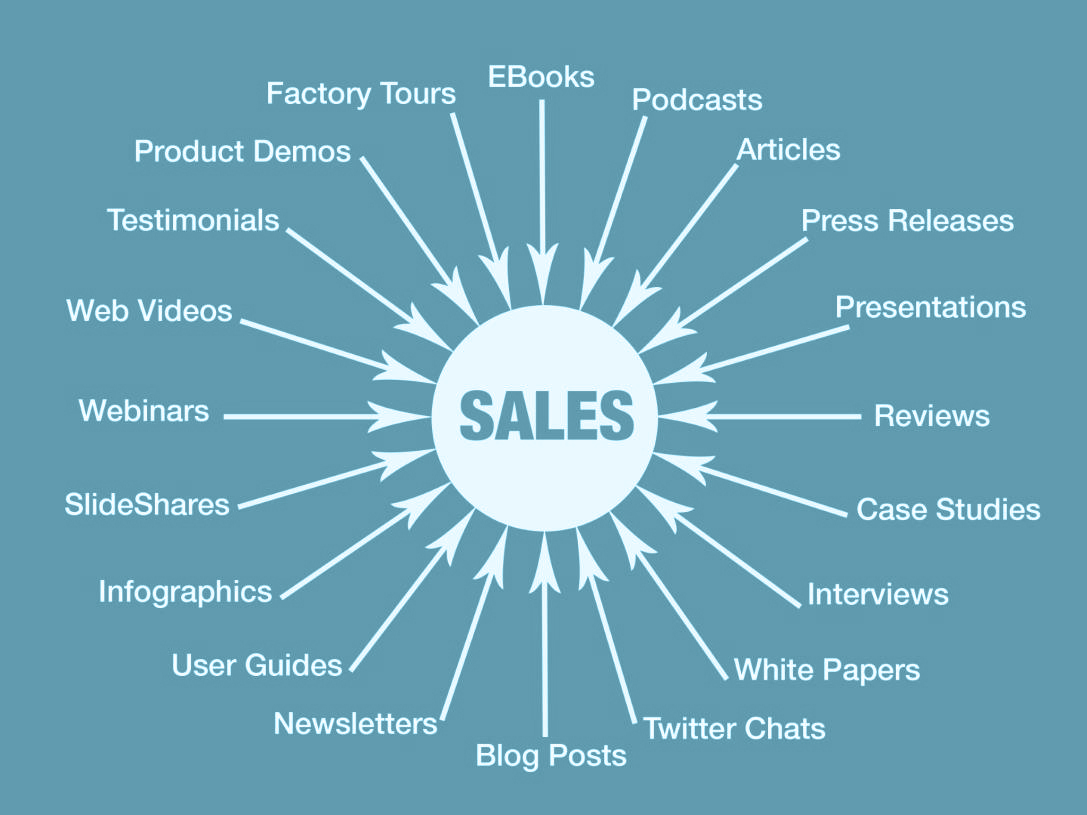
Effective Uses of Content Marketing in the Building Sector?
Let’s look at some examples of building product companies that are using content marketing effectively:
General Electric (GE)
“Instant” Instagram Results www.ge.com/instawalk
When looking for inspirational B2B content marketing, GE is a great place to start. While GE is commonly known for making household appliances, they also make glass, roof coatings, wind turbines, engines and other products that power cities, commerce and so on. GE’s Instagram content marketing campaign brings to life many of the products we seldom notice, but depend on every day.
GE combined the campaign with influencer marketing, getting six Instagram influencers and several GE ‘super fans’ to do the #GEInstaWalk. This entailed touring GE manufacturing facilities and taking, uploading and hash-tagging pictures. The results were stunning, resulting in 8 million views of GE’s Instagram account, 3 million reaches per tour and 3,000 new Instagram followers. Most interestingly, this was accomplished without any paid advertising.
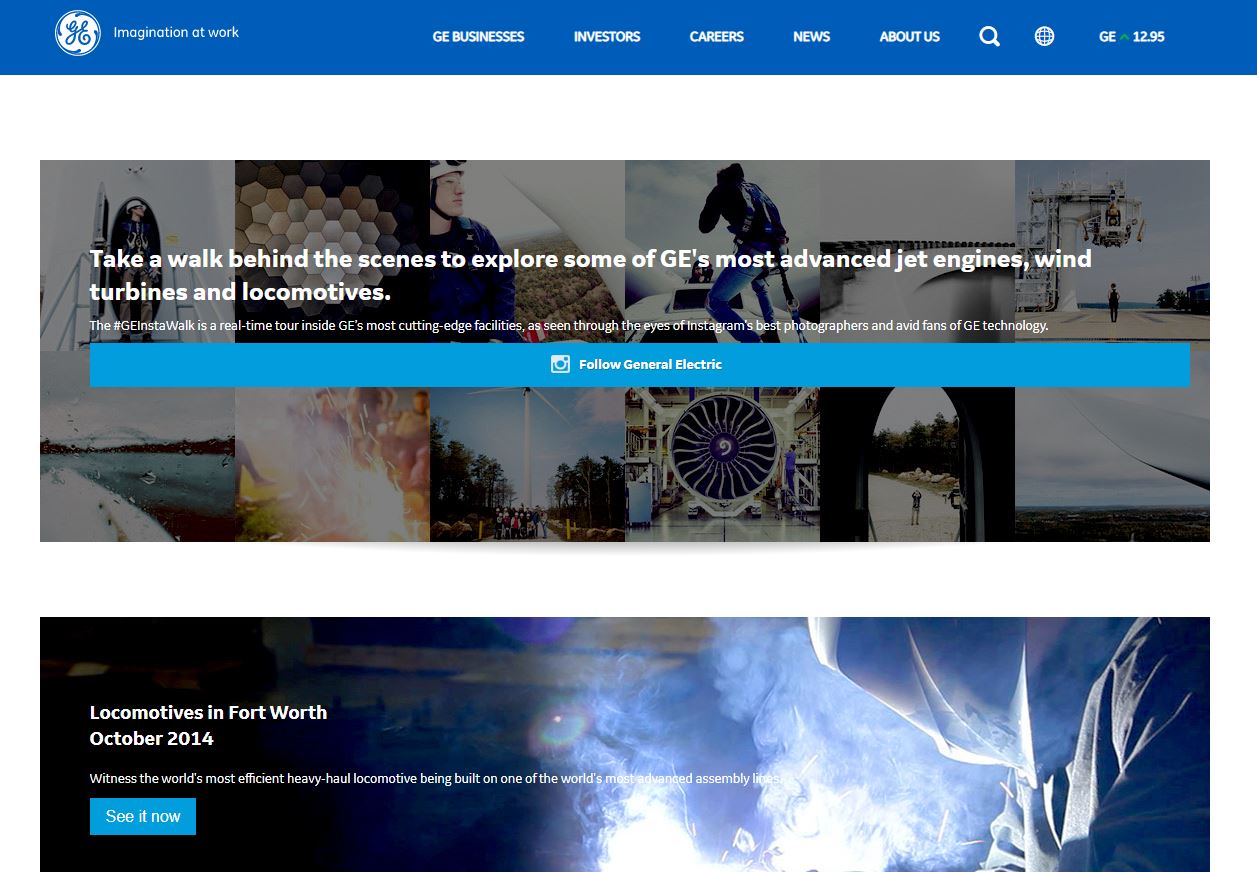
Conditioned Air
Cool Blogging www.conditionedair.com/blog
Conditioned Air is a Florida-based company that, as the name suggests, specializes in air conditioning … although the company does offer several other products and services, such as pool heaters. For several years now, Conditioned Air has been implementing a successful and highly effective blog. Every post is educational and offers exceptional reader value.
Conditioned Air’s blog is a noteworthy example of how building materials marketers can leverage relevant content – promoted across social media and search engines – to engage customers while building business.
Blogging is one of the most cost-effective ways to employ your content marketing campaign. It is also an ‘evergreen’ form of content … meaning that once a blog post is published, it can potentially keep bringing in customers long after it has gone live.
The Home Depot
Viral Video Marketing https://www.youtube.com/user/homedepot
The Home Depot is one of the largest players in the do-it-yourself (DIY) market. It was also one of the early adopters of content marketing in the sector. The Home Depot runs a hugely successful YouTube channel, offering instructional videos covering a wide range of DIY topics.
The company was savvy enough to recognize that instructional videos for DIY enthusiasts had a vast amount of potential. It is one of the most synergistic examples of content marketing to be found, delivering incredible value to the people who rely on these videos to help them tackle DIY projects they otherwise would not be able to complete.
BuildEazy
A Perfect Funnel www.buildeazy.com
BuildEazy is an online vendor of building plans. They offer plans for everything from Adirondack chairs to dog houses. They’re included in this list due to the clever way they engage customers using a combination of content … resulting in an incredibly effective lead-generation funnel.
Primarily, BuildEazy attracts visitors to their website by running a company blog. The clever opportunity created with this blog is that each of the posts published features one of the DIY plans they sell on their website.
The value of BuildEazy content goes far beyond simply attracting visitors to its blog. The company lets visitors view all the plans it sells via its website, completely free of charge (no catch). If you want to download a plan or print a hard copy, however, you must pay a small fee.
This is an excellent example of how to monetize content using a well-shaped content marketing funnel. The company blog drives visitors to the website, resulting in tightly focused, highly motivated potential customers. BuildEazy then converts anonymous visitors into actionable leads by offering free incentives. Next, the company attempts to upsell from free product to a revenue model.
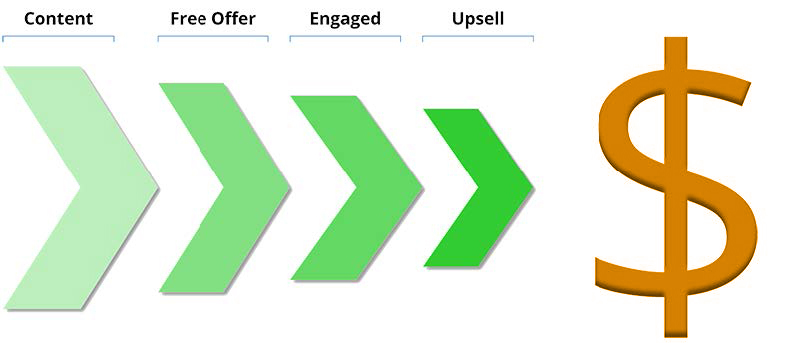
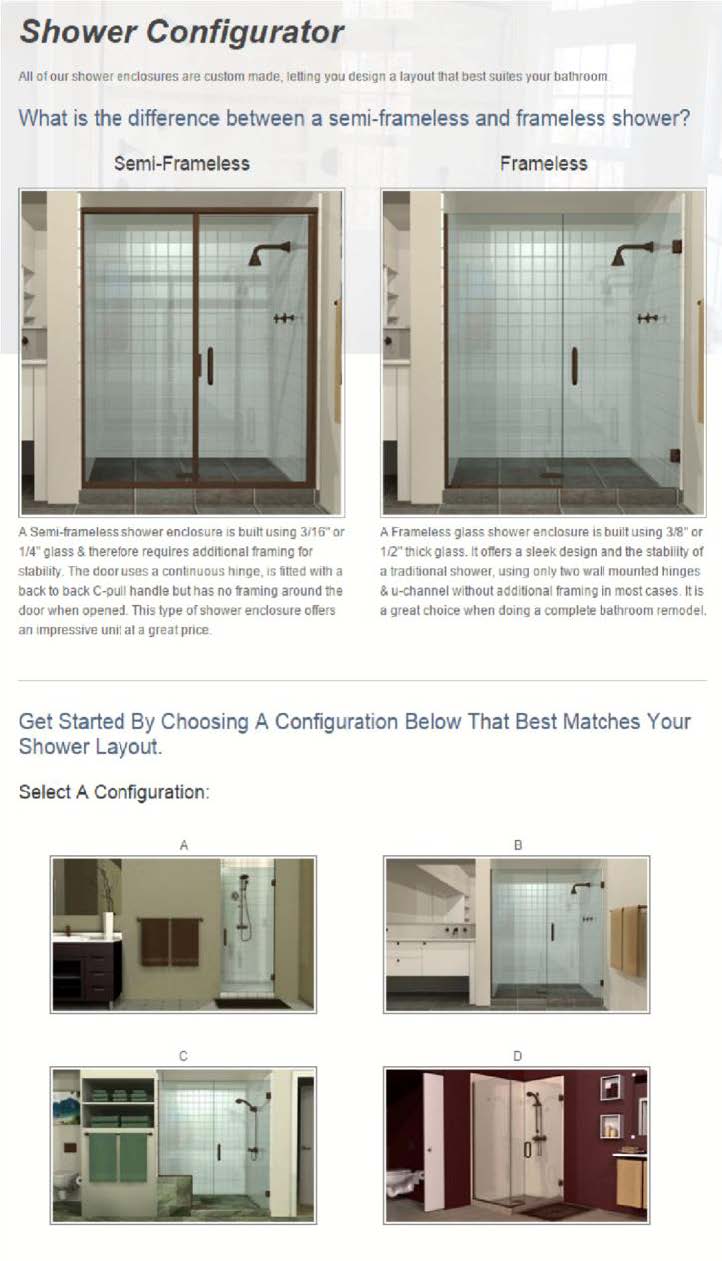

Glass Depots USA
Sharing the Knowledge www.glassdepots.com
Glass Depots USA offers a broad range of glass and glass-related products, including shower enclosures, mirrors, sliding doors and replacement table tops.
The company runs a company blog and offers instructional videos on their website. In addition, they offer detailed configuration guides for shower enclosures, aluminum bifold doors and more. These clear and detailed guides help customers become very knowledge about the products they are considering before they buy. Creative promotional videos illustrate how their products are made and customized. On every page of the website, there are prompts for contact details and gentle nudges into the sales pipeline. This is a great example of effective, non-traditional content. It’s easy to use, gives something back to the customer instantly, and drives sales.
Why Does Content Marketing Work?
In the B2B arena, content marketing has proven to be increasingly effective. According to DemandGen Report, 79 percent of B2B decision makers are likely to give away their email address in exchange for a webinar. At least 60 percent of B2B decision makers will share their contact information for either a white paper, analytical report or e-book (white papers will convert with 76 percent of decision makers). According to Campaign Monitor, for every dollar spent on email marketing – particularly subscriber-based content – $38 is earned.
Similarly, content marketing is proving to be just as effective for B2C products. Research published in the 2019 Benchmarks, Budgets and Trends report from the Content Marketing Institute (CMI) shows that 63 percent of surveyed B2C companies have used content marketing successfully to build loyalty with existing customers in the last 12 months, and 71 percent use educational content to nurture their target audiences.
B2C marketers who claim their organizations are extremely/very committed to content marketing report a higher level of overall content marketing success than their less committed peers. They’re also more likely to report that they’ve used content marketing successfully to reach goals such as educating the audience and increasing customer loyalty.
Fifty-seven percent of B2C marketers surveyed expect their content marketing budget to increase in 2019 compared with 2018. Of that group, 29 percent anticipate that their budget will increase by more than 9 percent.
Considering these statistics, we can logically conclude that content marketing works, but why, exactly, does it work? To answer this question, we can use the examples given above, and try to define just why content marketing is so successful.
Spotlight: The Home Depot
First, let’s look at The Home Depot — an example of content being used to drive sales. Many DIY enthusiasts lack the skills needed to finish their DIY projects. So, The Home Depot provides free videos, which effectively talk prospective customers through the steps needed to achieve results.
As part of these video presentations, a list of required tools and materials are provided, which (surprise) just happen to be available at The Home Depot. In effect, we have a retailer giving away videos that inform customers of what they need to buy. What sales tool could be more perfect than that?
Spotlight: BuildEazy
BuildEazy is a very smart company, using content marketing combined with proven online sales techniques to literally snare customers. Let’s look at the timeline for a BuildEazy sale:
- Potential customer would like to build a BBQ.
- Potential customer searches for “DIY BBQ plans” online and finds a video showing how to build a BBQ from a set of plans.
- BuildEazy directs the potential customer to the free plans featured in the video.
- Potential customer thinks they have found DIY BBQ “Nirvana” and dutifully links to the BuildEazy website.
- Potential customer checks out the free plans, but then realizes they can only be viewed on the BuildEazy website. So short of lugging a laptop out to the back yard to view the plans, what can they do?
- BuildEazy says no problem, just pay us a small $5 fee and you can download the plans and print as many hard copies as you need.
- Potential prospect becomes an actual customer.
It’s an amazingly effective sales funnel. By the time customers realize they must hand over some cash, they’re already been sold on the product. And, it’s all accomplished through content marketing — engaging consumers with relevant content, and then pushing them through the sales process.
The Proven Effectiveness of Content Marketing
Content marketing has proven to deliver an impressive ROI compared to traditional marketing methodologies such as direct marketing and advertising. According to Demand Metric, content marketing costs 62 percent less than traditional marketing and generates three times as many leads. Independent research by Vertical Measures (formerly Convince Your Boss) has shown an average savings of $14 per qualified lead over direct marketing for most companies.
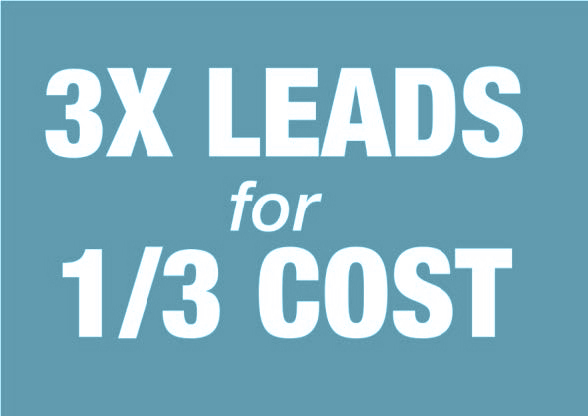

Even a simple content strategy such as starting a company blog can achieve significant benefits. Similar research by Vertical Measures shows that 82 percent of companies that start a blog for marketing reasons recognize a positive ROI. And according to HubSpot, companies that blog 15 or more times a month generate five times more website traffic than companies that don’t blog.
Getting Started with Content Marketing
Content marketing can be very effective when done right, but the strategy needs to be approached methodically. Simply churning out content and hoping people will engage with it typically doesn’t work.
Each of the case studies presented demonstrates how a company was able to engage potential prospects before those customers had made a purchasing decision, in a way that offered value. This outcome should be a starting point for any content marketing campaign — finding a unique content niche and then filling it with your branded opportunities.
